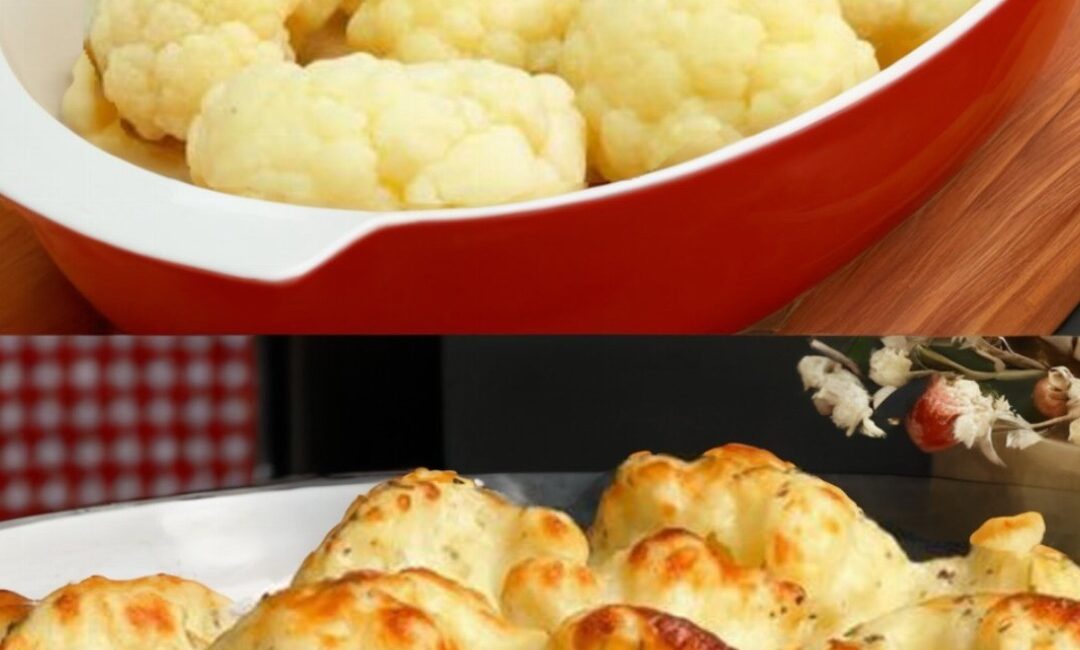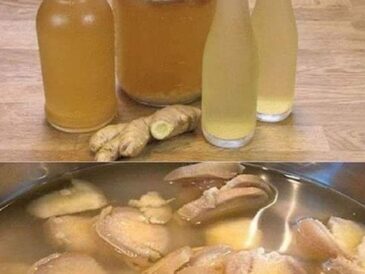Cauliflower is one of those incredibly versatile vegetables that can be transformed into a wide range of delicious dishes, from rice substitutes to crispy fritters and creamy soups. But one of the most beloved and indulgent ways to enjoy cauliflower is in a baked, cheesy form. In this article, we dive into how to prepare the ultimate Cheesy Baked Cauliflower dish, explore techniques for perfecting it, and offer tips, flavor variations, and nutritional benefits to help you make it a staple in your home cooking repertoire.
Why Cauliflower Deserves the Spotlight
Before diving into the actual recipe, it’s worth appreciating cauliflower’s role in modern cuisine. As a cruciferous vegetable, it belongs to the same family as broccoli, cabbage, and kale. It’s rich in nutrients like vitamin C, vitamin K, folate, and fiber, and it offers a low-carb, low-calorie base for a multitude of dishes.
What makes cauliflower especially appealing in this recipe is its ability to absorb flavors and its compatibility with a variety of textures and toppings. Roasted until golden and tender, then smothered in cheese, cauliflower becomes hearty, satisfying, and rich—yet remains lighter than many starch-heavy side dishes.
Ingredients Overview
Here’s a breakdown of what you’ll need for the classic version of Cheesy Baked Cauliflower:
- 1 medium cauliflower, cut into florets – The star of the dish.
- 2 tablespoons olive oil – For roasting and flavor.
- Salt and black pepper to taste – Essential seasonings.
- 1 cup shredded cheddar cheese – For gooey, melty richness.
- 1/2 cup grated Parmesan cheese – Adds nuttiness and umami.
- 1/2 cup sour cream – Adds tang, moisture, and creaminess.
These six ingredients combine to create a warm, cheesy, comforting side dish. But there’s so much more you can do with them. Let’s start from the beginning.
Step-by-Step Preparation Guide
1. Prepping the Cauliflower
Start with a fresh, firm head of cauliflower. Remove the leaves and cut away the thick core. Break the head into even-sized florets so they cook uniformly. Rinse under cold water and dry thoroughly. Moisture on the florets can prevent proper browning.
Tip: Drying cauliflower thoroughly is crucial for getting those desirable golden-brown edges. Excess moisture steams the vegetable rather than roasts it.
2. Roasting the Cauliflower
Preheat your oven to 425°F (220°C). Line a baking sheet with parchment paper for easy cleanup.
Toss the cauliflower florets in olive oil, then season generously with salt and black pepper. Spread them out in a single layer on the prepared baking sheet, giving each piece space. Roast for 25–30 minutes, flipping halfway through. You want crispy, caramelized edges with a soft, tender interior.
Optional Additions: Add a sprinkle of garlic powder, smoked paprika, or a touch of chili flakes for added flavor at this stage.
3. Creating the Cheese Mixture
While the cauliflower is roasting, prepare the cheesy topping.
In a medium bowl, mix the sour cream, cheddar cheese, and Parmesan. If you’d like to get creative, now is a good time to customize the cheese blend (more on that later). You want a thick, spreadable mixture.
4. Assembling the Bake
Once the cauliflower has roasted and is beautifully golden, transfer it into a lightly greased baking dish.
Spoon the cheese mixture evenly over the top. You don’t need to cover every single floret—just make sure there’s a generous distribution.
Place the dish back in the oven at 375°F (190°C) for another 10–15 minutes, or until the cheese is bubbly and beginning to brown on top.
For an extra-crispy top, you can broil the dish for 2–3 minutes at the end. Watch it closely to prevent burning.
Variations on the Classic
Cheese Variations
- Gruyère and Swiss: Add complexity and a nutty note.
- Mozzarella: For that stretchy, melty pull.
- Blue cheese or Gorgonzola: Adds bold flavor for adventurous palates.
- Cream cheese: Can be added to the sour cream mix for extra richness.
Herb and Spice Enhancements
- Fresh thyme or rosemary can be sprinkled before baking.
- Nutmeg is a classic addition for creamy dishes.
- Chives or scallions add a nice green touch after baking.
Click page 2 for more




